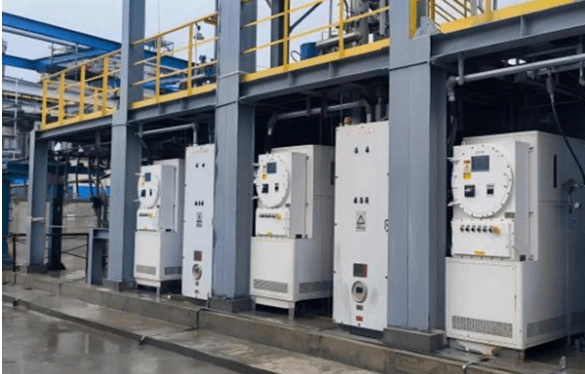Navigating Safety: A Comprehensive Analysis of the Safest Motor Transportation Options
In an era where mobility is paramount, the quest for the safest motor transportation methods has never been more critical. With advancements in technology, infrastructure, and safety regulations, consumers are faced with a plethora of options. This article delves into the various modes of motor transportation, evaluating their safety records, technological innovations, and regulatory frameworks to determine which stands out as the safest choice.
Understanding Motor Transportation Safety
Motor transportation encompasses a wide range of vehicles, including cars, buses, motorcycles, and trucks. Safety in this context can be defined by several factors, including accident rates, vehicle design, driver behavior, and external conditions such as road quality and weather. To assess the safest motor transportation, we must consider statistical data, safety features, and the overall environment in which these vehicles operate.
- The Safety Record of Different Motor Vehicles
Passenger Cars
Passenger cars are the most common form of motor transportation. According to the National Highway Traffic Safety Administration (NHTSA), passenger vehicles have a lower fatality rate per mile traveled compared to other motor vehicles. The introduction of advanced safety features such as automatic emergency braking, lane departure warnings, and adaptive cruise control has significantly enhanced their safety profile. However, the safety of passenger cars heavily relies on driver behavior, with distracted driving and speeding being leading causes of accidents.
Buses
Buses, particularly public transit buses, are statistically one of the safest forms of motor transportation. The American Public Transportation Association (APTA) reports that bus passengers are 45 times safer than those traveling by car. This safety can be attributed to the size and weight of buses, which provide better protection in the event of a collision, as well as the rigorous training that bus drivers undergo. Additionally, the implementation of dedicated bus lanes and traffic signal prioritization further enhances their safety.
Motorcycles
Motorcycles, while offering a sense of freedom and agility, are among the most dangerous forms of motor transportation. The NHTSA reports that motorcyclists are 29 times more likely to die in a crash than passenger vehicle occupants. The lack of protective barriers and the smaller size of motorcycles make them more vulnerable on the road. However, advancements in safety gear, such as helmets and protective clothing, can mitigate some risks. Furthermore, rider education programs have been shown to improve safety outcomes.
Trucks
Commercial trucks are essential for freight transportation but pose unique safety challenges. The Federal Motor Carrier Safety Administration (FMCSA) emphasizes the importance of regulations governing truck driver hours, vehicle maintenance, and load securing. While trucks are involved in a higher number of fatal accidents, their size and construction often result in fewer fatalities for truck occupants compared to those in smaller vehicles. The implementation of electronic logging devices (ELDs) has also improved compliance with safety regulations.
- Technological Innovations Enhancing Safety
The integration of technology into motor transportation has revolutionized safety measures across all vehicle types. Key innovations include:
- Advanced Driver Assistance Systems (ADAS): These systems use sensors and cameras to assist drivers in making safer decisions. Features such as blind-spot monitoring, collision avoidance systems, and parking assistance have proven effective in reducing accidents.
- Vehicle-to-Everything (V2X) Communication: This emerging technology allows vehicles to communicate with each other and with infrastructure, enhancing situational awareness and reducing the likelihood of collisions.
- Telematics: Used primarily in commercial vehicles, telematics systems monitor driving behavior, vehicle location, and maintenance needs, allowing for proactive safety measures.
- Regulatory Frameworks and Their Impact on Safety
Government regulations play a crucial role in ensuring the safety of motor transportation. Agencies such as the NHTSA and FMCSA enforce standards for vehicle design, driver training, and operational practices. Stricter regulations regarding seatbelt use, drunk driving, and distracted driving have contributed to improved safety statistics over the years. Additionally, ongoing research and data collection help inform policy decisions and enhance safety measures.
Conclusion: The Safest Motor Transportation Option
When evaluating the safest motor transportation option, buses emerge as a clear leader due to their low accident rates, robust safety features, and the protective nature of their design. However, passenger cars equipped with advanced safety technologies also present a compelling case, especially when driven responsibly. Ultimately, the safest choice may vary based on individual circumstances, including travel distance, road conditions, and personal preferences.

Average Rating